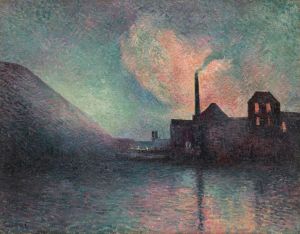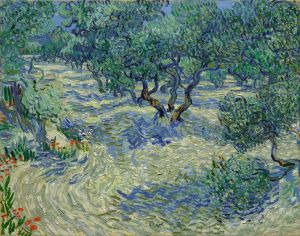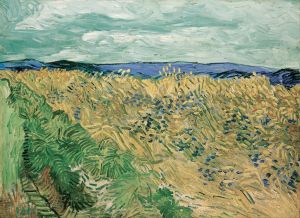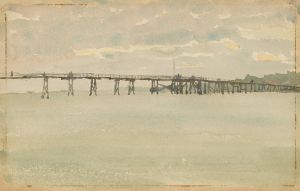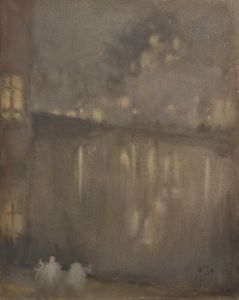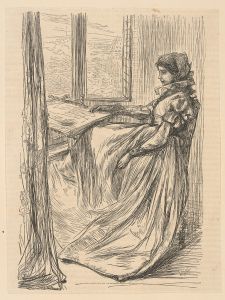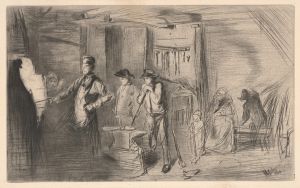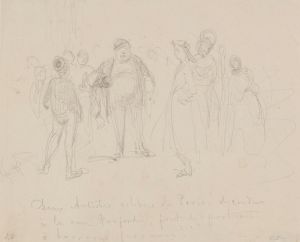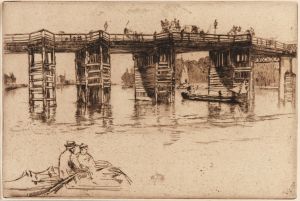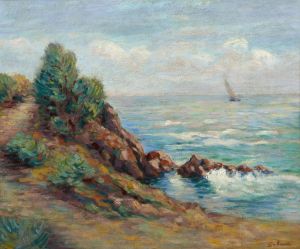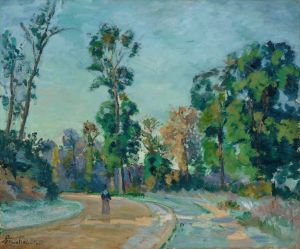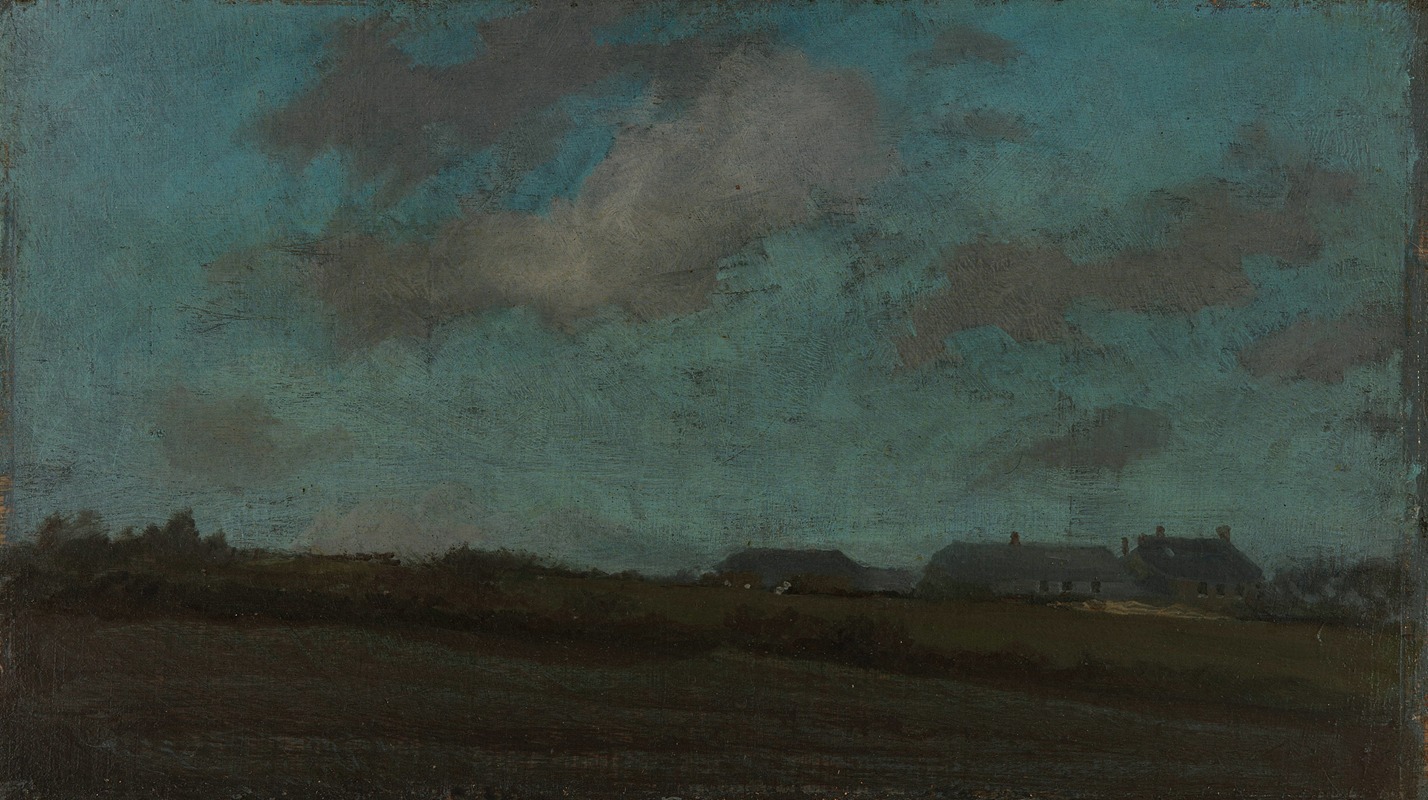
Note in Blue and Opal—The Sun Cloud
A hand-painted replica of James Abbott McNeill Whistler’s masterpiece Note in Blue and Opal—The Sun Cloud, meticulously crafted by professional artists to capture the true essence of the original. Each piece is created with museum-quality canvas and rare mineral pigments, carefully painted by experienced artists with delicate brushstrokes and rich, layered colors to perfectly recreate the texture of the original artwork. Unlike machine-printed reproductions, this hand-painted version brings the painting to life, infused with the artist’s emotions and skill in every stroke. Whether for personal collection or home decoration, it instantly elevates the artistic atmosphere of any space.
James Abbott McNeill Whistler, an American artist active during the late 19th century, is renowned for his contributions to the Aesthetic Movement and his innovative approach to art. Among his notable works is "Note in Blue and Opal—The Sun Cloud," a painting that exemplifies his distinctive style and artistic philosophy.
Whistler was born on July 11, 1834, in Lowell, Massachusetts, and spent much of his career in Europe, particularly in London and Paris. He is best known for his portraits and his series of nocturnes, which capture the subtle interplay of light and color. Whistler's work often emphasized mood and atmosphere over detailed representation, aligning with the principles of the Aesthetic Movement, which advocated for "art for art's sake."
"Note in Blue and Opal—The Sun Cloud" is a testament to Whistler's mastery of color and composition. The painting is characterized by its delicate use of blue and opal tones, creating a harmonious and tranquil scene. Whistler's technique involved the use of thin layers of paint, allowing the colors to blend seamlessly and produce a luminous effect. This method was influenced by his interest in Japanese art, which he admired for its simplicity and elegance.
The title of the painting reflects Whistler's musical approach to naming his works. He often used terms like "note," "symphony," and "nocturne" to draw parallels between his paintings and musical compositions. This practice underscores his belief in the importance of harmony and balance in art.
"Note in Blue and Opal—The Sun Cloud" is part of Whistler's broader exploration of atmospheric effects and the beauty of the natural world. His ability to capture the ephemeral qualities of light and color set him apart from many of his contemporaries. Whistler's work was not always well-received during his lifetime, but he eventually gained recognition for his contributions to modern art.
Whistler's influence extended beyond his paintings. He was also known for his sharp wit and controversial personality. His famous libel case against art critic John Ruskin, who had harshly criticized one of his works, brought significant attention to Whistler and his art. The trial, which Whistler won, highlighted the tension between traditional and modern approaches to art during the period.
Today, Whistler's paintings are celebrated for their beauty and innovation. "Note in Blue and Opal—The Sun Cloud" remains an important example of his ability to convey mood and atmosphere through color and composition. Whistler's legacy continues to inspire artists and art lovers around the world, and his works are held in major museums and collections, ensuring that his contributions to the art world are remembered and appreciated.
In summary, "Note in Blue and Opal—The Sun Cloud" by James Abbott McNeill Whistler is a significant work that showcases the artist's unique approach to color, light, and composition. It reflects his broader artistic philosophy and his influence on the development of modern art.





